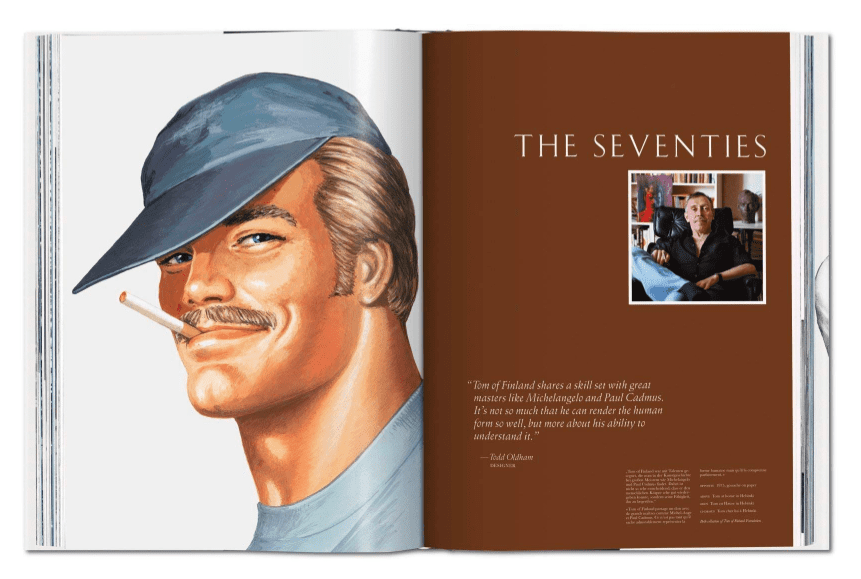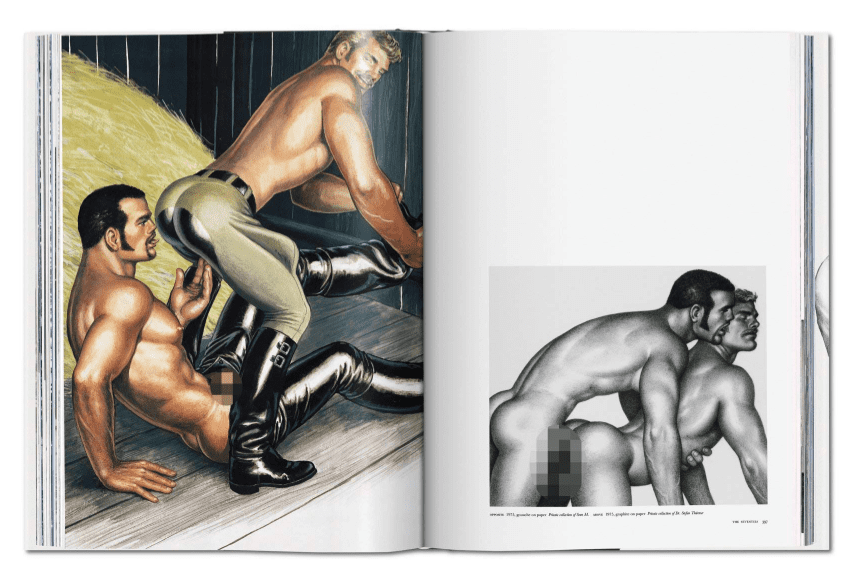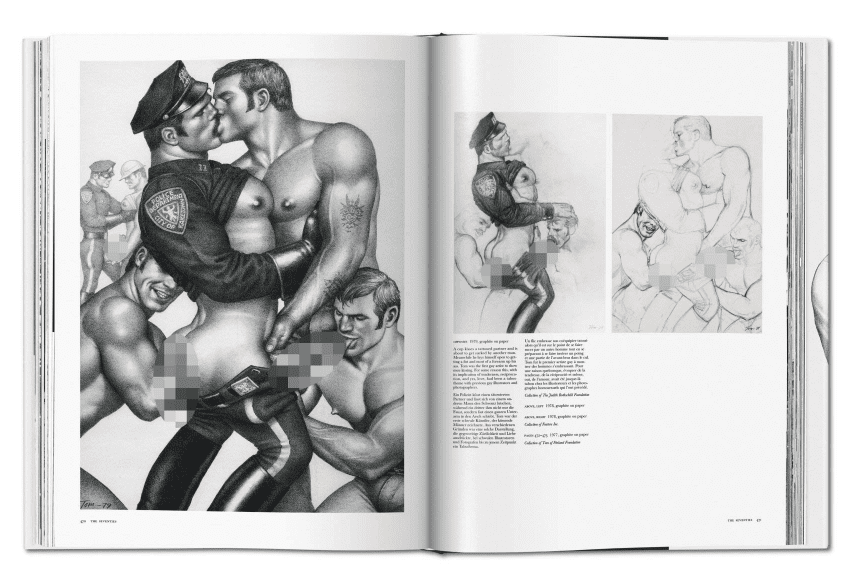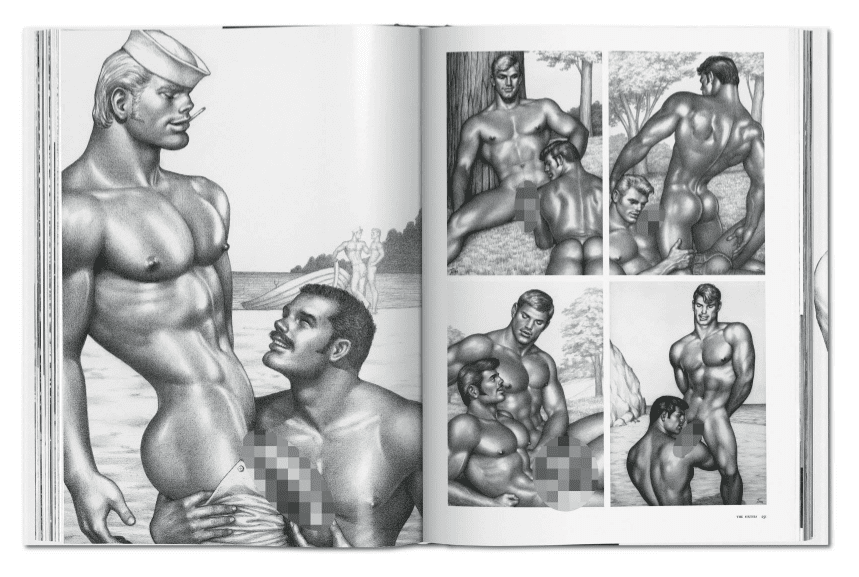Two male police officers, biceps bursting out of their uniforms, have pulled over a handsome young biker clad in a revealing leather outfit, Nobody seems to be in trouble, in fact everyone appears to be enjoying themselves, Touko Laaksonen, the boy who would become Tom of Finland (1920-1991), began drawing cartoons of the rough and manly men of his native Finland at an early age, After honing his artistic talents with study in Helsinki, he found commercial success in the Finnish advertising industry but secretly he continued creating his increasingly erotic drawings of hyper-masculine men,
As a way to avoid homophobic censorship law, he submitted drawings to the American magazine Physique Pictorial and soon the Tom of Finland legend was born, By the late 60s Tom’s dirty drawings became the standard for gay art and Tom’s Men a template for a new gay masculinity, His images of butch and muscular men engaged in intimacy, often dressed in working class uniforms, subverted the stereotype of the effete and intellectual gay man, Tom’s men were men, and there was only one thing on their minds, For many, Tom of Finland images were the first depictions of homosexual desire and sex they had ever seen, TASCHEN’s XXL monograph The Art of Pleasure, chronicles Laaksonen’s homoeroticain all its explicit and suggestive playfulness, A series of TASCHEN books also focuses on different fantasy types that appear in Tom’s work; the military man, sailors, cops and criminals, and blue collar, regular guys, A dedicated publication also collates the comics of Kake, Tom’s favorite and reoccurring character,
Tom of Finland’s illustrations have been influential to sado-masochism and fetish culture as well as inspiring many iconic gay artists, like Robert Mapplethorpe, Bob Mizer, George Quaintance, and Etienne, Institutional exhibitions of his work have elevated what was once considered pornographic to the status of the artwork and contextualized Laaksonen’s oeuvre within the struggles of the gay liberation movement, the AIDS crisis and, queer body politics, Tom of Finland’s images re-envisioned what was shameful and even illegal with a proud, confident, and overwhelmingly positive celebration of sexuality and identity,









